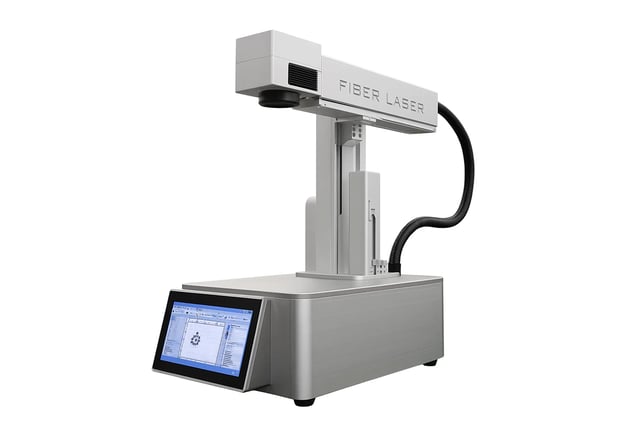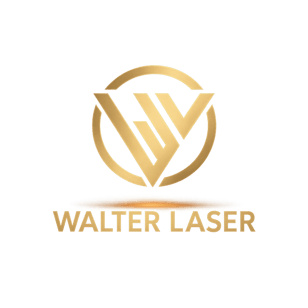UV vs Fiber vs CO₂ Laser Marking Machines
Understanding UV vs Fiber vs CO₂ Laser Marking Machines: A Comprehensive Guide
2/6/20251 min read


UV vs Fiber vs CO₂ Laser Marking Machines: How to Choose
When selecting industrial laser marking equipment, understanding the differences between UV, fiber and CO₂ laser technologies is crucial. Here's a concise comparison to guide your decision.
Key Differences
1. Working Principles
UV Lasers (355nm) use "cold marking" photochemical reactions
Fiber Lasers (1064nm) rely on thermal absorption
CO₂ Lasers (10.6μm) employ thermal ablation
2. Material Compatibility
Laser TypeBest ForLimitationsUVMetals, plastics, glass, electronicsHighest costFiberMetals (steel, aluminum)Can't mark transparent materialsCO₂Wood, paper, acrylicsCannot mark metals
Performance Comparison
Marking Quality:
UV offers finest precision (≤20μm)
Fiber provides good balance (50-100μm)
CO₂ suits larger markings (100-300μm)
Production Speed:
Fiber is fastest for metals
CO₂ quickest for organics
UV slower but most precise
Cost Considerations
Initial Investment:
UV: Expensive
Fiber: Cheap
CO₂: Moderation
Maintenance:
UV needs optical care
Fiber has lowest upkeep
CO₂ requires gas replacement
Choosing the Right Laser
Follow this simple decision process:
Identify your materials:
Metals → Fiber
Heat-sensitive → UV
Organics → CO₂
Consider precision needs:
Micro-marking → UV
Standard → Fiber/CO₂
Evaluate budget:
Cost-sensitive → CO₂
Long-term ROI → Fiber
Common Applications
UV: Medical devices, electronics, luxury goods
Fiber: Automotive parts, industrial tools
CO₂: Packaging, wood products, acrylics
For most manufacturers, fiber lasers offer the best balance of performance and cost. However, UV is essential for high-precision work, while CO₂ remains the most economical for organic materials.
